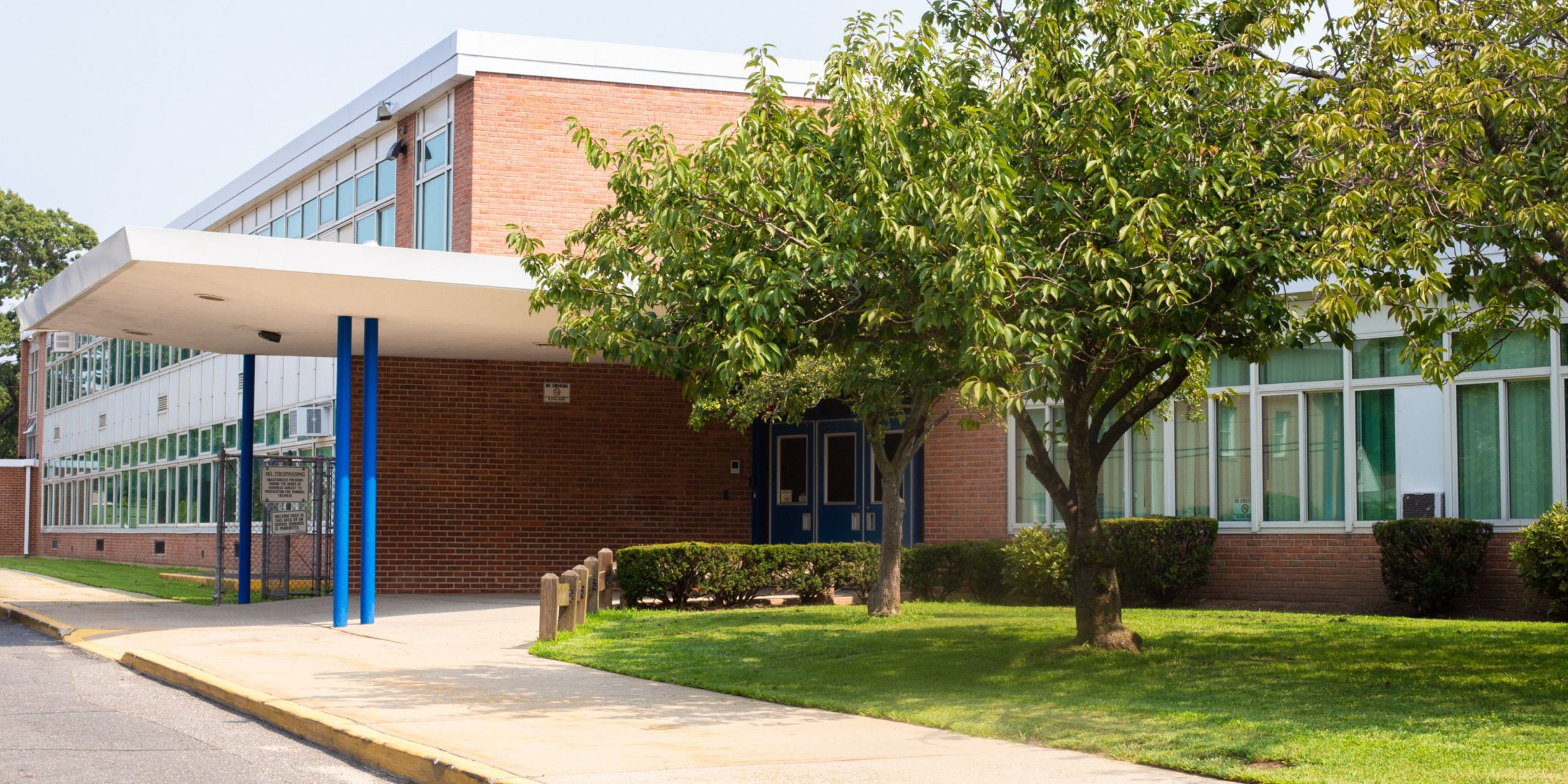School violence in the U.S. remains a pressing issue, with incidents occurring too frequently. Security professionals play a vital role in mitigating the impact of these events, aiming to prevent them from escalating. The security industry offers a broad spectrum of tools, from alarm monitoring and video surveillance to advanced analytics and mass notification systems. In the K-12 setting, practical design practices stand out for their effectiveness.
Understanding the Audience
Security technology is always advancing, introducing more complex systems. However, in many schools, it’s the busy administrators who handle these systems, often without a dedicated security officer. Therefore, it’s crucial that these security systems are simple and straightforward.
Setting Realistic Expectations
Expectations for system performance and operator response need to be reasonable. For instance, complex mass notification apps can delay response times in critical situations. Simple solutions, like a panic button, offer immediate and straightforward response mechanisms, proving to be more effective in emergencies than complex systems.
Allocating Budgets Wisely
Schools, often working with tight security budgets, need to focus on what’s simple yet effective. While surveillance cameras and secure entrances are key, we can’t forget about physical security and training staff. Strong locks, laminated glass, and following Crime Prevention Through Environmental Design (CPTED) guidelines lay a solid security groundwork. Together with proper staff training on how to react in emergencies, these steps are vital to making schools safer.
Maxxess Systems eFusion™ software, supports schools in implementing these key security strategies efficiently, emphasizing the importance of simplicity, immediate response capabilities, and physical security enhancements.

